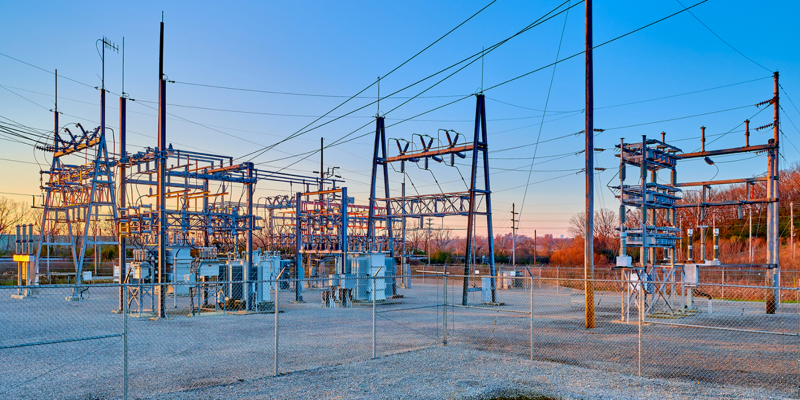Physical Security Concerns Grow Across the Utility Industry

Electric utilities around the nation are facing increased physical attacks on assets. The attacks are making headlines and were even the subject of a 2022 documentary by actor Dennis Quaid.
According to reports submitted to the U.S. Department of Energy, attacks on utility assets have jumped from 42 in 2015 to 172 in 2022, a more than 300% increase. Attacks on a Duke Energy substation in North Carolina last December drew national attention and were followed by criminal activity in the Pacific Northwest. Many of the sabotage incidents are unsolved.
Human-related Disturbances and Unusual Incidents at U.S. Electrical Facilities.
Source: Department of Energy — USA TODAY analysis of reports utilities submit to the Department of Energy.
Electric cooperatives are taking proactive actions to protect their staff and assets. A recent CFC webinar spotlights efforts by North Carolina-based Roanoke Cooperative. The cooperative has added new security features to its headquarters without sacrificing member engagement, including security bollards, protective fencing, ballistic film on exterior windows and security doors to prevent free movement by unauthorized people and clear barriers at member services to prevent disruptive encounters with the public.
“The key to Roanoke’s efforts was a security audit and the support of management and the buy-in of staff,” CFC Director of Utility Research & Policy Brian Sloboda said.
Utility Assets Are Becoming Targets
The United States is home to over 55,000 substations and 160,000 miles of high-voltage power lines. Many of these assets are in remote areas and have become targets for bored hunters, vandals and terrorists. The recent substation attacks have involved gunfire directed at critical components such as power transformers. In some instances, the attackers have made physical entry into the substation.
North American Electric Reliability Corporation Critical Infrastructure Protection (NERC CIP-014) is a standard that directs utilities to identify substations and other assets that, if taken out of service, could cascade into widespread outages. Utilities are required to perform security audits, conduct risk assessments and develop appropriate resiliency plans. The number of substations covered by this requirement is relatively small. The Federal Energy Regulatory Commission has recently directed NERC to review its physical security standard in light of the increased attacks.
“There are products and practices that cooperatives could explore if they feel the risk to a particular substation is high,” Sloboda explained. “These include ballistic shielding that is available for transformers.”
Idaho National Lab developed a product called the Armored Transformer Barrier that has been rated to stop .50 caliber rifle rounds. Additionally, several vendors sell fencing or fence inserts that can surround the entire substation.
“While these may not be practical solutions for every substation, products such as these could be used for critical substations,” Sloboda said. “Some experts are recommending new substations be configured with the most critical and sensitive components inside the station. For existing substations, cooperatives can consider measures such as higher fencing, intrusion sensors, brighter security lighting, infrared cameras and shot detection sensors.”
Staff monitoring the sensors and cameras could be trained to immediately contact local law enforcement. While these measures will not prevent a determined individual, they could delay or deter an attacker and provide local law enforcement time to respond to the scene. Cooperatives could also develop plans to deal with damaged substation equipment and potential substation outages of several weeks.
Many electric cooperatives currently subscribe to alerts from the Electricity Information Sharing and Analysis Center (E-ISAC). Since 1999, E-ISAC has worked to reduce the utility industry’s exposure to cyber and physical attacks. The program provides participants with alerts and bulletins to current and emerging threats.
Programs such as E-ISAC provide a protected place for utilities to have conversations that should not be held in public. Hardening offices, training staff in de-escalation methods when working with the public and creating a plan that focuses on impact of an event and not the probability can help a cooperative increase its ability to deal effectively with a security event.
Watch a Recent Webinar on Enhancing Physical Security
Are you looking for more information about practical approaches to addressing the physical security of facilities at your cooperative? Take the time to watch CFC’s recent webinar on “Opportunities To Enhance Physical Security at Your Co-op” from February 8. You can find the replay on the Past Webinars page. Log into the CFC Member Website and go to the Events tab, then select Online Learning, followed by Webinars. Look for Past Presentations on the right-hand side of the page.